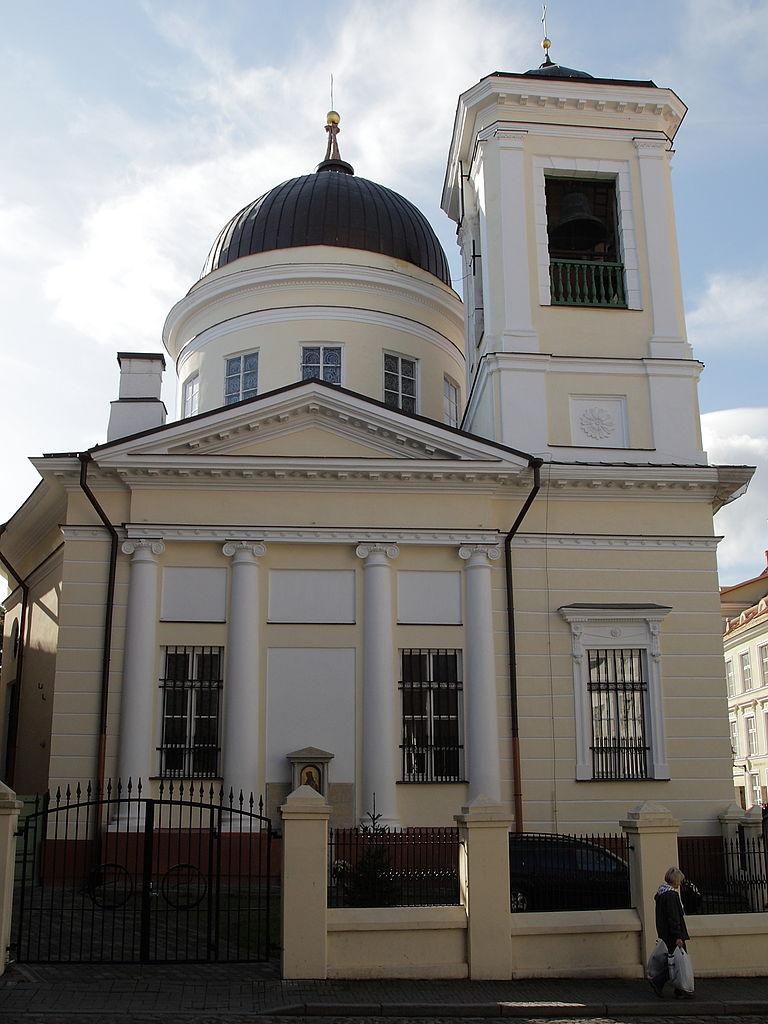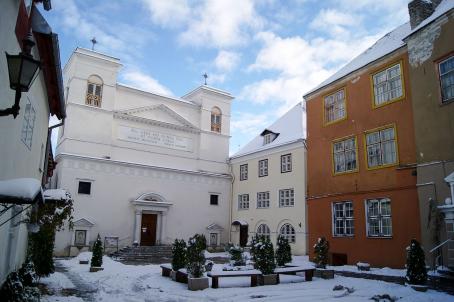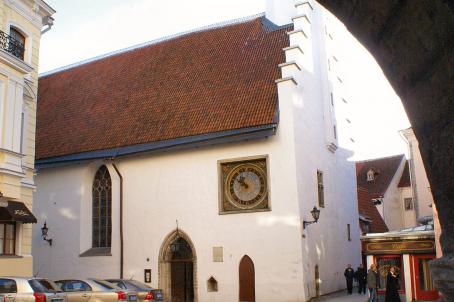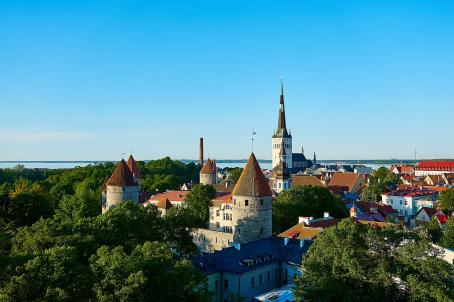Church of St. Nicholas the Wonderworker
The Church of St. Nicholas the Wonderworker is a Russian Orthodox church built between 1825 and 1827 on an old Russian church according to the plans drawn up in 1807 by the architect Luigi Rusca. The neoclassical church is one of the first domed churches in the capital.






